
There is a new wave of web-fed inkjet press consumption in India. These could be called the third-generation inkjet presses in the country, with the first generation represented by the Kodak CIJ heads that came in some number but with only one or two complete webfed presses more than 20 years ago.
see also
Educational publisher
Arihant Publications
expands production
in Meerut
The second generation consisted of several presses mostly for transactional printing with one major investment, an extremely productive HP press installed by Repro Offset in its Delhi NCR plant. Essentially, this generation of digital inkjet devices was considered too expensive for Indian printers. They kept waiting for cheaper solutions and for the market to develop further.
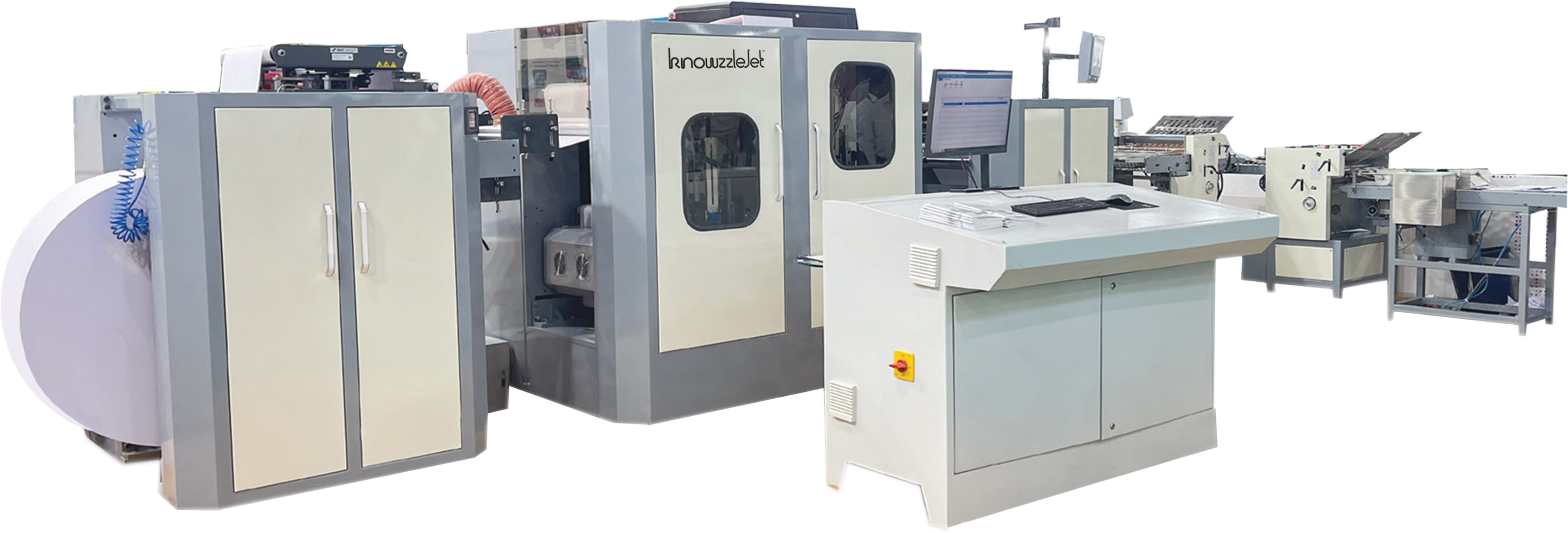
This brings us to the third generation of presses which implies not so much a change or new technology, but a change in local demand perception and the abundant choice of inkjet presses made in Asia – from India, Japan, and China. The ground for this third generation of inkjet presses was broken by Monotech India, which for the past decade has been developing inkjet devices for wide-format signage printing, web-fed label printing and web-fed duplex inkjet presses for book production. It demonstrated its label press at Labelexpo Brussels in 2023 and has exported several presses to Europe and China.
Chinese webfed inkjet presses at drupa24
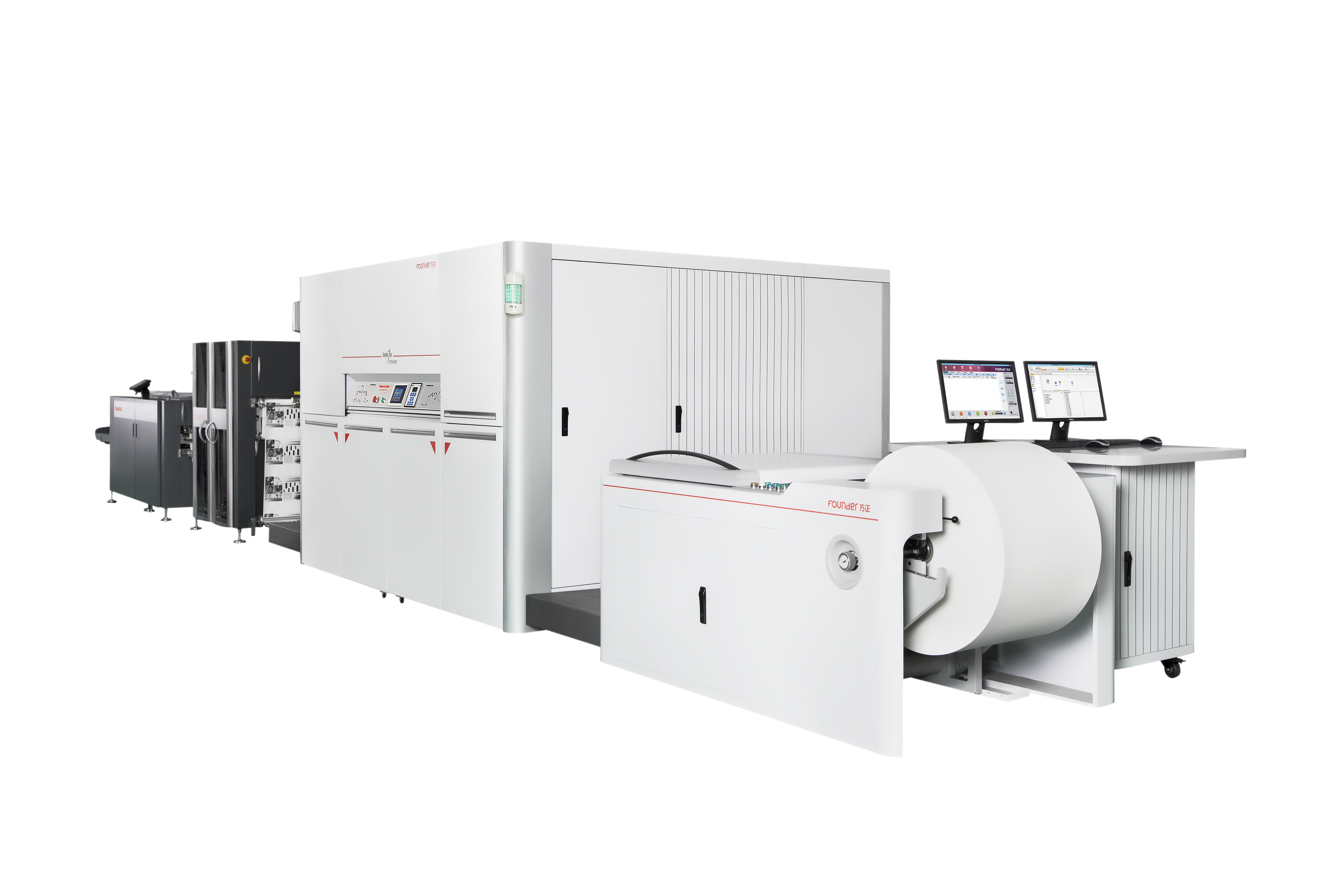
At drupa24, the Chinese exhibitors outnumbered every other country but the trade media coverage of the Chinese exhibitors has been rather poor. Among the 400 Chinese exhibitors, it is said that there were eleven manufacturers of webfed inkjet devices – for document, label and packaging applications.
Six of these – Arojet, Atexco, Flora, Hanway-Hanglobal, Hanglory, KingT, and Shield — produce webfed inkjet presses for document and book production. Most of these presses use a variety of inkjet heads from Epson, Kyocera, FujiDimatix and Memjet with resolutions up to 1200 x 1200 dpi resolution, although this capability can affect the speed of the press.
However, Chinese manufacturers Founder and Spande who have recently become active in the Indian market, were not at drupa24. Neither was the Japanese manufacturer Miyakoshi, which is enjoying considerable success in the Indian market. Nor did Monotech India have a stand in Dusseldorf although it has pioneered and continues to dominate this segment in its local market. However, other Japanese digital press manufacturers who are present in the Indian market with drum and toner and sheetfed inkjet presses, and who were present at drupa, are looking at this market segment seriously.
The digital book press market takes off!
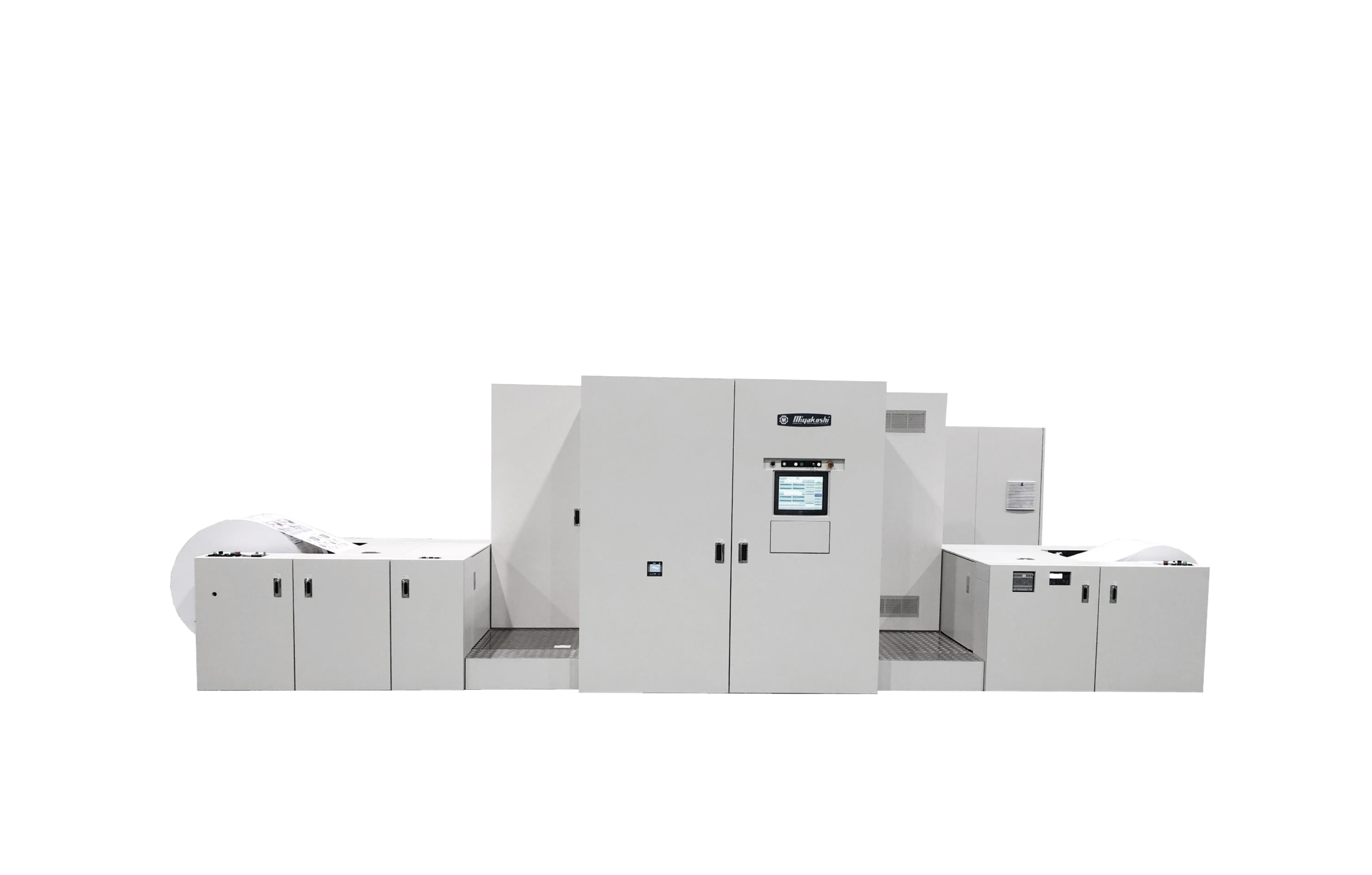
Apart from its digital label presses, local manufacturer Monotech had already installed seven digital presses as of 31 March 2024 in book production plants over the past several years – four monochrome and three 4-color presses. “With a pair of digital book presses installed since April and another eight on order, Monotech expects to install fifteen digital book presses in the local market by March 2025,” says Tejinder Singh, head of the company’s KnowzzleJet division.
see also
Amar Ujala revamps
commercial
print division at Noida
In addition, we estimate about fifteen imported webfed inkjet presses from Japan and China will be added in the current financial year, bringing the total to perhaps as many as thirty installations. Miyakoshi from Japan sold and serviced by Provin Technos, is confident of doubling its current pair of webfed digital inkjet installations in the next few months. The Chinese influx is thus far led by Atexco which benefitted from its presence at drupa24 and whose distributor Insight has installed several presses in the past year.
Founder, which is said to have the largest installed base of digital presses in China, has made a promising beginning with a press currently under installation and commissioning. Its distributor TechNova is optimistic of another half a dozen installations by March 2025.
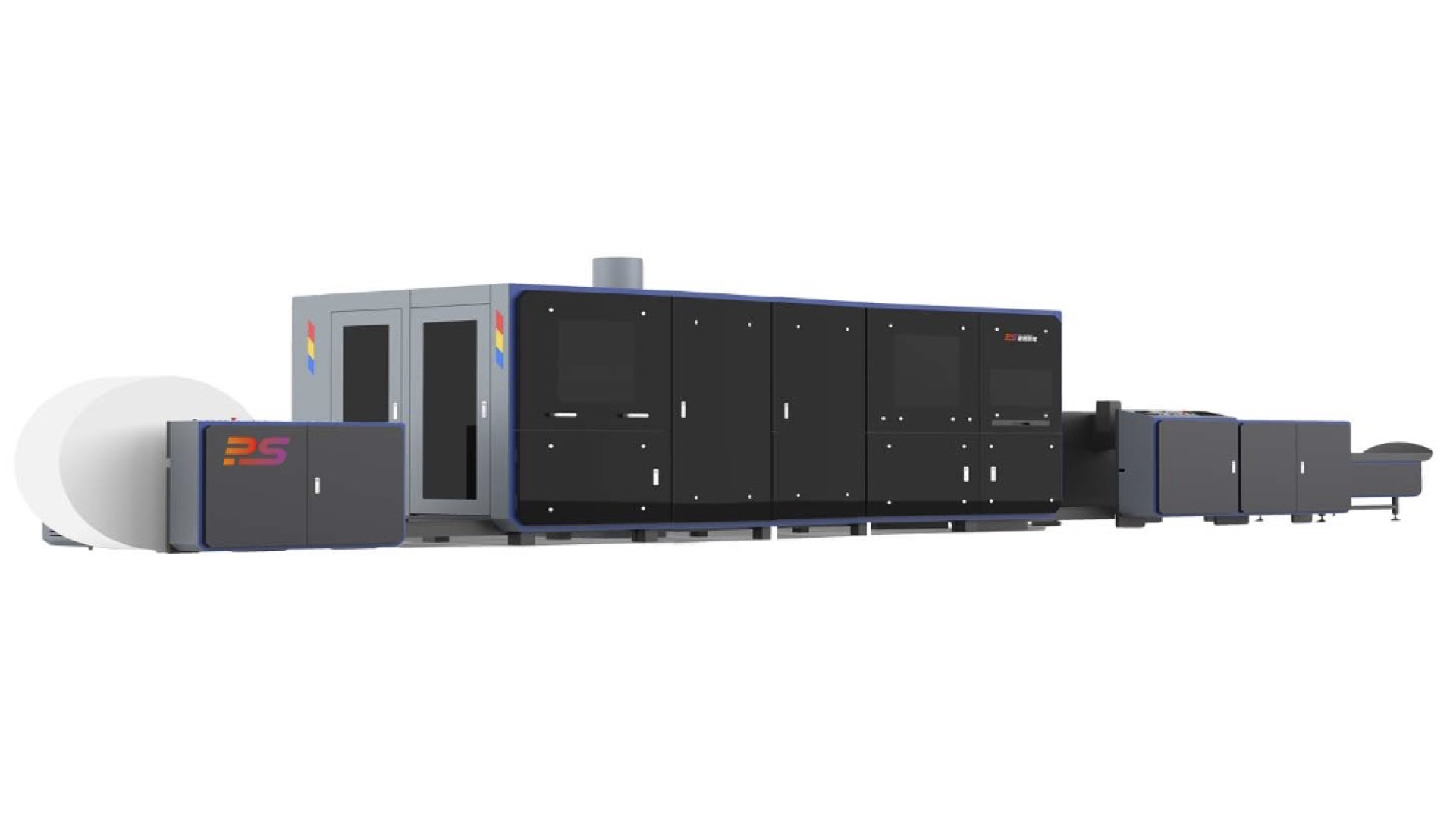
The third Chinese webfed inkjet press that we are aware of in our market is Spande – being sold by Provin Technos. Although there are no installations so far, Provin’s managing director, Vinay Kaushal says Spande’s excellent high-saturation color quality and use of environment-friendly water-based inks are likely to disrupt the market. The Spande inkjet presses use the Epson i3200 (8) AiHD heads with online maintenance modes, including nozzle maintenance.
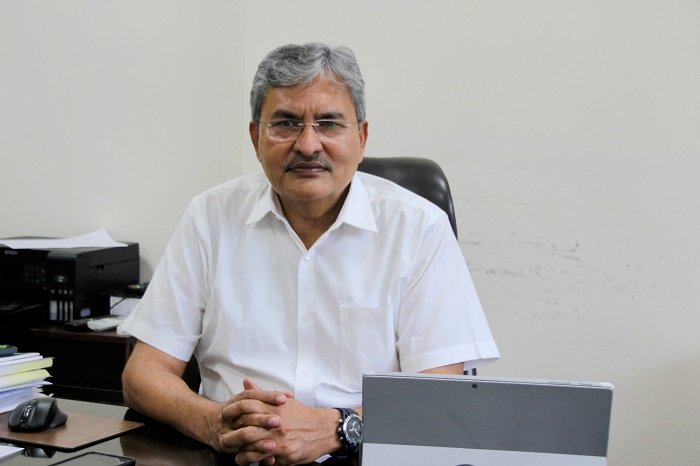
Kaushal, however, is keen to caution printers who seem to be in a rush to buy web-fed digital inkjet presses. “Printers need to do their homework before buying a digital press,” he says. “They need to look at their specific planned applications and carefully calculate the coverage of ink required to work out the running costs of such a press.”
Apart from the head maintenance and replacement costs, the front-end software and RIPS and the running cost of webfed inkjet presses are something to be considered.
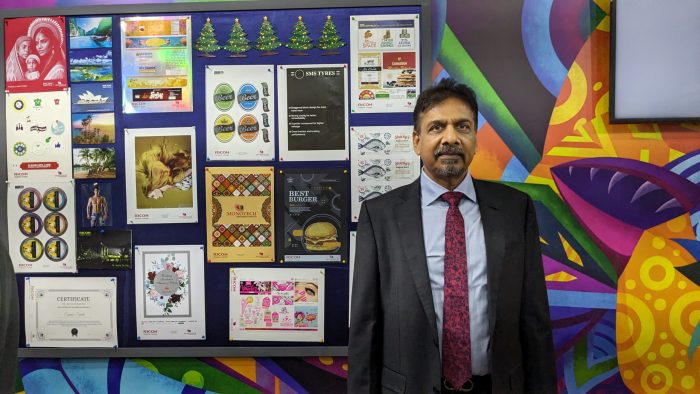
We asked Monotech’s managing director TP Jain, if he is worried about the seemingly rapid influx of inkjet presses from China. He seems confident of continuing to dominate the expanded market, explaining, “Monotech’s monochrome presses use Memjet’s Duralink 8.5 inkjet heads while its color presses use Memjet’s 13-in Duraflex inkjet heads. We have the best quality with 1600 x 1600 and a good track record in the market with customers who keep giving us repeat orders.”
As far as the cost of ink, he says, “Our high resolution is achieved by Memjet heads with a droplet size of 2.1 picoliters, which means our ink yield is excellent resulting in a much higher number of pages per liter. While the market has become more competitive, our decade-old experience with various inkjet applications should allow us to benefit from the book production industry’s increased interest in this technology.”

















